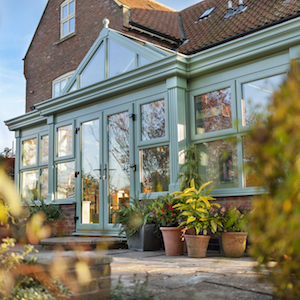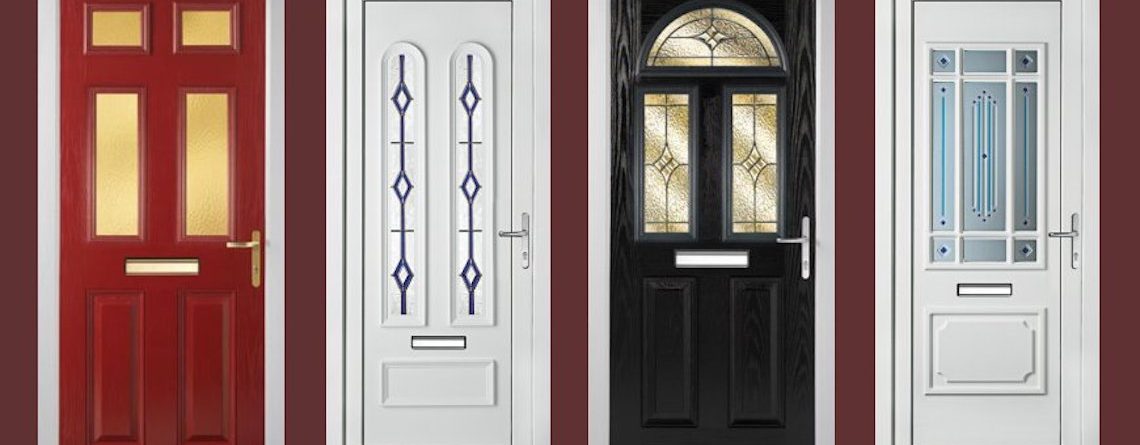
Black Shadows © 2013 -
Mentions légales/Policies
Mentions légales/Policies

Windows and doors are more than simply practical elements of a building; they are important to the character, security, and energy efficiency of homes and commercial homes throughout the United Kingdom. From the timeless charm of sash windows in Georgian townhouses to the sleek modernity of bi-fold doors in modern homes, the UK boasts a diverse variety of styles and products in its door and window landscape. Comprehending the subtleties of this market is important for property owners, home builders, and anybody looking to update or set up brand-new windows and doors in the UK.
This article explores the world of windows and doors in the UK, exploring the various types readily available, the common products used, the regulative standards they must satisfy, and the key factors to think about when making choices for your property.
A Gateway to Style and Functionality: Exploring Door Types in the UK
Doors are the inviting handshake of any structure, providing access, security, and contributing significantly to the total visual. In the UK, a large range of door types deal with varied requirements and architectural designs.
Front Doors: The main entry point of a home requires to be both secure and aesthetically appealing. Typical front door products in the UK consist of:
Internal Doors: These doors define areas within a residential or commercial property, using personal privacy and sound insulation. Common types include:
Patio Doors: Connecting indoor home with gardens or patio areas, these doors bring in natural light and deal easy access to outside areas. Popular outdoor patio door types in the UK consist of:
Letting the Light In: Understanding Window Types in the UK
Windows are crucial for natural light, ventilation, and the overall atmosphere of a structure. The UK uses a varied series of window designs, each with its own characteristics and advantages.
Casement Windows: The most common key in the UK, casement windows are hinged at the side or top and open outwards. They use excellent weather condition sealing and security.
Sash Windows: A timeless British style, particularly common in duration properties. Sash windows include two panels (sashes) that slide vertically, frequently reversed by weights and cables. They are understood for their sophisticated appearance but can be less energy-efficient than modern-day window types if not properly maintained.
Tilt and Turn Windows: Offering adaptability, tilt and turn windows can be slanted inwards for ventilation and completely opened inwards for easy cleaning. They are popular in modern homes and apartment or condos for their functionality and security functions.
Bay Windows: Projecting outwards from a structure, bay windows create additional interior space and offer broader views. They are frequently discovered in Victorian and Edwardian homes across the UK.
Fixed Windows (Picture Windows): Non-opening windows created to take full advantage of natural light and views. Typically utilized in mix with opening windows for ventilation.
Product Matters: Choosing the Right Materials for UK Doors and Windows
The option of product substantially affects the efficiency, aesthetics, and lifespan of doors and windows. In the UK, the most common products consist of:
uPVC: As discussed formerly, uPVC is an extensively used product for both doors and windows in the UK. It’s inexpensive, low maintenance, energy-efficient, and provides excellent security. Modern uPVC systems can likewise be manufactured to mimic the appearance of timber.
Timber: A conventional option offering natural beauty and exceptional insulation homes. Sustainable timber sources are significantly important. Hardwoods like oak are durable but more costly, while softwoods like pine are more budget friendly but need more regular maintenance in the UK environment.
Aluminium: Increasingly popular for modern styles, aluminium is strong, lightweight, and lasting. It can be powder-coated in various colours and offers slim profiles, making the most of glass area. Thermally broken aluminium systems are vital for energy effectiveness in the UK.
Composite: Combining products like timber, uPVC, and aluminium to utilize their finest qualities. Typically used for front doors, providing high efficiency in security, insulation, and weather resistance with various visual options.
Navigating Regulations and Standards in the UK
Windows and doors in the UK need to adhere to rigorous structure guidelines and requirements to ensure security, energy performance, and accessibility. Secret factors to consider consist of:
Building Regulations Part L (Conservation of Fuel and Power) and Part F (Ventilation): These policies set minimum standards for thermal performance and ventilation to reduce energy consumption and preserve healthy indoor air quality. Window and door U-values (measuring heat loss) and Window Energy Ratings (WERs) are crucial elements.
Structure Regulations Part Q (Security): This part focuses on security requirements for windows and doors in new residences to decrease the danger of break-in. Security features such as multi-point locking systems and laminated glass are essential.
Building Regulations Part M (Access to and Use of Buildings): Ensures that structures are accessible to all, including people with specials needs. This can affect door with sliding window widths, threshold heights, and window operation in certain circumstances.
British Standards (BS): Various British Standards connect to the performance and testing of doors and windows, covering aspects like weather resistance, security, and acoustic efficiency.
Energy Efficiency: Keeping Homes Warm and Bills Low
In the UK, where energy prices are a considerable issue, energy-efficient windows and doors are vital. Double or triple glazing, thermal breaks, and energy-efficient frame products all contribute to reducing heat loss and improving a residential or commercial property’s energy performance. Look for windows and doors with high Window Energy Ratings (WERs), often graded from A++ to G, with A++ being the most energy-efficient.
Security First: Protecting Your Home
Security is a critical consideration for windows and doors in the UK. Features to search for include:
Trends in UK exterior door with window and Window Design
The visual appeals of windows and doors are constantly developing. Existing patterns in the UK include:
Keeping Your Doors Windows Uk – Www.Qdashboard.Co.Uk – and Windows
Proper maintenance extends the life-span and performance of doors and windows.
Conclusion
Picking the best doors and windows for a UK residential or commercial property is a significant choice involving factors to consider of style, security, energy efficiency, and spending plan. By understanding the various types, products, regulations, and patterns, property owners and builders can make educated options that enhance their residential or commercial properties and create comfy, protected, and energy-efficient living spaces. Whether you are renovating a duration home or developing a new home, the UK market provides a large range of windows and doors to satisfy every need and visual choice.
Regularly Asked Questions (FAQs)

Q: Do I require preparing authorization to replace my doors and windows in the UK?A: Generally, replacing doors and windows like-for-like in an existing residence does not need planning permission. However, there are exceptions, particularly in sanctuary, listed structures, or if you are making significant modifications to the appearance of your property. It is always best to check with your regional preparation authority to confirm if permission is needed.
Q: What is a U-value and why is it important for windows and doors?A: A U-value procedures the rate of heat loss through a material. For doors and windows, a lower U-value suggests better thermal insulation. In the UK, Building Regulations set minimum U-value requirements for brand-new windows and doors to ensure energy performance. Choosing windows and doors with low U-values can significantly reduce heating bills.
Q: What are Window Energy Ratings (WERs)?A: Window Energy Ratings (WERs) are a system used in the UK to rate the energy effectiveness of windows. They are graded on a scale from A++ (most efficient) to G (least efficient). WERs take into account aspects such as solar heat gain, heat loss, and air leak to offer an extensive step of a window’s energy performance.
Q: How frequently should I replace my windows and doors?A: The life expectancy of windows and doors depends on the product and quality of installation. uPVC and aluminium windows can last for 20-30 years or more, while timber windows may require replacing faster depending on upkeep. Search for indications of wear and tear, such as drafts, condensation within the glass panes, problem opening and closing, or rot in timber frames, as indications that replacement might be required.
Q: What are the benefits of double or triple glazing in the UK?A: Double or triple glazing consists of 2 or three panes of glass with an insulating gas (like argon) in between. The benefits include:
Q: What are the security standards I should look for in windows and doors?A: Look for doors and windows that meet or go beyond the requirements of Building Regulations Part Q (Security) or Secured by Design standards. Key security features include:
By thinking about these factors and understanding the alternatives readily available, it’s possible to make informed decisions about doors and windows that enhance both the appeal and functionality of any UK property.
